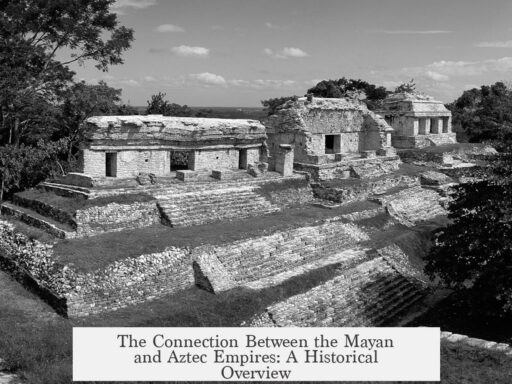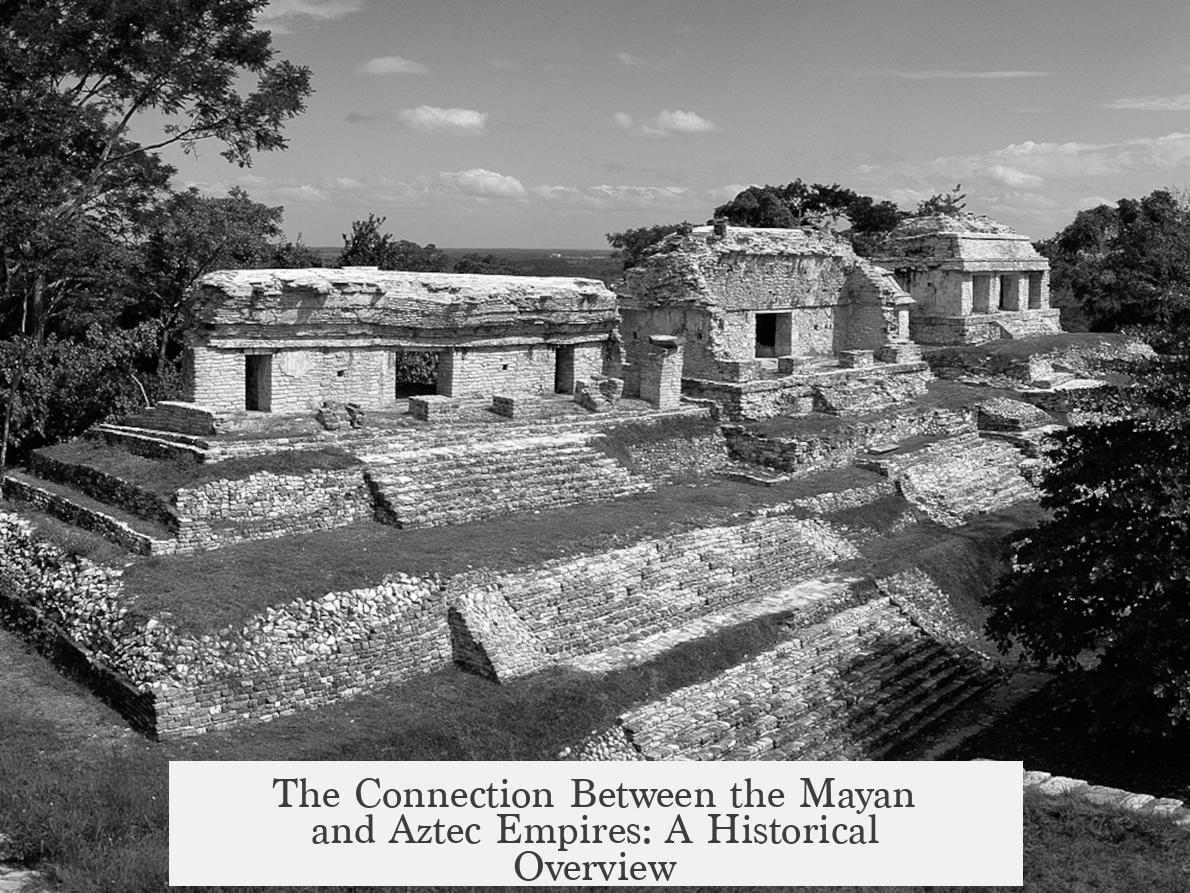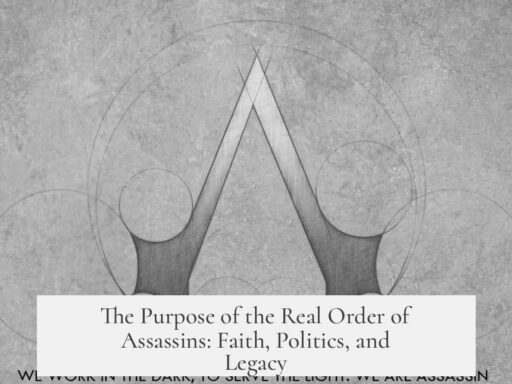The relationship between the Mayan city-states and the Aztec Empire was indirect, marked by trade and cultural influence rather than political control or conquest. There was no singular “Mayan Empire” comparable to the centralized Aztec Empire. Instead, the Maya consisted of diverse, autonomous city-states spread over a large area including parts of modern Guatemala, Mexico’s Yucatan Peninsula, and beyond. The Aztecs never politically or militarily dominated these Maya polities.
The concept of a unified Mayan Empire is inaccurate. The Maya civilization was made up of independent city-states that sometimes exerted regional dominance but never united under a single ruler. This political fragmentation contrasts with the Aztec Empire, a more centralized and militaristic entity based in the Valley of Mexico in the 15th and early 16th centuries.
Geographically, the Maya region extends from the Guatemalan Highlands to the northern Yucatan Peninsula and includes areas of southern Mexico such as Chiapas and Tabasco. Throughout their history, prominent Maya city-states like Chichen Itza and Mayapan occasionally came under the influence of neighboring cultures but remained politically independent. For example, Chichen Itza exhibits Toltec cultural elements, which came from northern Mesoamerican civilization, yet these influences occurred centuries before Aztec dominance.
There is evidence of cultural and artistic exchanges between northern Mesoamerican groups like the Toltecs and later Central Mexican cultures, including the Aztecs, with Maya cities. However, this interaction did not translate into Aztec political control. The Classic Maya city Tikal, for instance, shows iconographic traces from the earlier metropolis Teotihuacan, a precursor to the Aztec cultural world, proving longstanding contact between lowland Maya centers and highland civilizations.
Some historical accounts mention Maya involvement with “Mexican” (Nahuas) groups, especially in Mayapan, where rival factions allegedly negotiated with Nahua groups from Tabasco and Xicalango. However, the Aztec Empire itself never occupied these regions. Instead, local Nahua groups independent of the Aztec state played roles in Maya regional politics. These interactions were often misattributed as official Aztec interventions, while they more likely involved independent, non-centralized Nahua communities.
The Aztec Empire’s expansion focused largely on central and southern Mexico. Their military and political reach extended toward southwestern Mexico and included trade settlements in southern Veracruz. This region became a trade gateway, especially for pochteca (long-distance merchants), facilitating access to the Maya region’s rich tropical goods. Yet, this trade network did not signify Aztec political conquest over Maya territories.
Cultural diffusion from Central Mexico influenced Maya art and artifacts long before direct contact with the Aztecs. For example, Mayapan contains Toltec-style iconography and copper bells originating from West Mexico. These findings suggest a complex, indirect network of exchanges connecting Maya city-states with wider Mesoamerican cultures.
Direct Aztec contact in Maya lands is minimally recorded. The Annals of the Cakchiquels mention the Yaquis of Culuacan visiting Maya rulers around 1509-1511. This interaction likely involved trade or informal diplomacy rather than political alliance or military conquest. The precise nature of this contact remains unclear, but it shows that late Postclassic Mesoamerican polities maintained some communication at the edges of their realms.
In summary, the relationship between the Maya and the Aztec Empire comprised:
- No direct Aztec conquest or governance over Maya city-states.
- Political fragmentation within the Maya region prevented large-scale unification comparable to the Aztec Empire.
- Trade routes connected the Aztecs with Maya polities, with the Aztecs relying on goods from the Maya areas.
- Cultural influences from Central Mexican civilizations impacted Maya art and society indirectly, predating Aztec dominance.
- Involvement of independent Nahua groups in Maya politics was separate from official Aztec state actions.
- Recorded direct contact was limited and likely centered on trade or informal visits rather than military or political engagement.
This dynamic shaped late Mesoamerican interaction, where the Aztec Empire emerged as a powerful state in central Mexico while the Maya region remained diverse and politically diffuse, connected through commerce and cultural exchange rather than imperial control.
Did the Mayan people ever form a unified empire like the Aztecs?
No, the Maya never formed a single empire. Instead, they lived in many independent city-states with their own rulers and influence.
Did the Aztecs directly conquer any Maya city-states?
No formal Aztec conquests occurred in Maya lands. The Aztecs influenced nearby regions, but they did not politically dominate Maya polities.
How did the Aztec culture influence the Maya region?
Aztec and earlier Central Mexican cultural traits appeared in Maya art and artifacts through trade and indirect contact, not through conquest.
Were there Nahua groups involved in Maya politics?
Local Nahua groups, related to but not governed by the Aztec state, sometimes took part in Maya city affairs, especially in places like Mayapan.
What kind of contact did the Aztecs have with the Maya?
Most contact was indirect, via trade networks and cultural exchange. Some records mention visits by Mexica-affiliated people, likely traders or diplomats.




